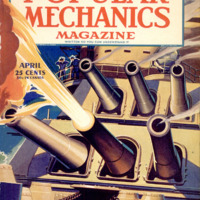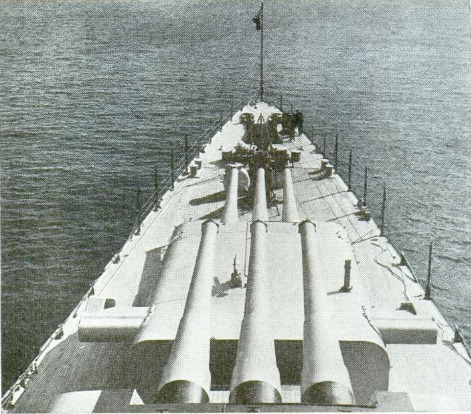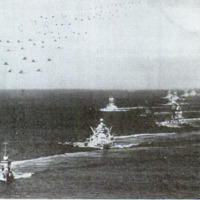Our Ring of Steel
Item
- Title (Dublin Core)
- Our Ring of Steel
- Article Title and/or Image Caption (Dublin Core)
- Our Ring of Steel
- Language (Dublin Core)
- Eng
- Temporal Coverage (Dublin Core)
- World War II
- Date Issued (Dublin Core)
- 1942-04
- Is Part Of (Dublin Core)
-
 Popular Mechanics, vol. 77, n. 4, 1942
Popular Mechanics, vol. 77, n. 4, 1942
- pages (Bibliographic Ontology)
- 72-75, 187
- Rights (Dublin Core)
- Public domain
- Source (Dublin Core)
- Google books
- References (Dublin Core)
- United States of America
- Japan
- Pacific Ocean
- Atlantic Ocean
- Canada
- Caribbean
- Great Britain
- Cuba
- Puerto Rico
- Oahu
- Honolulu
- Pearl Harbor
- Hawaii
- Alaska
- Panama
- Anchorage
- Fairbanks
- Aleutian Islands
- Unalaska
- Yokohama
- Hamburg
- South Seas
- Archived by (Dublin Core)
- Enrico Saonara





